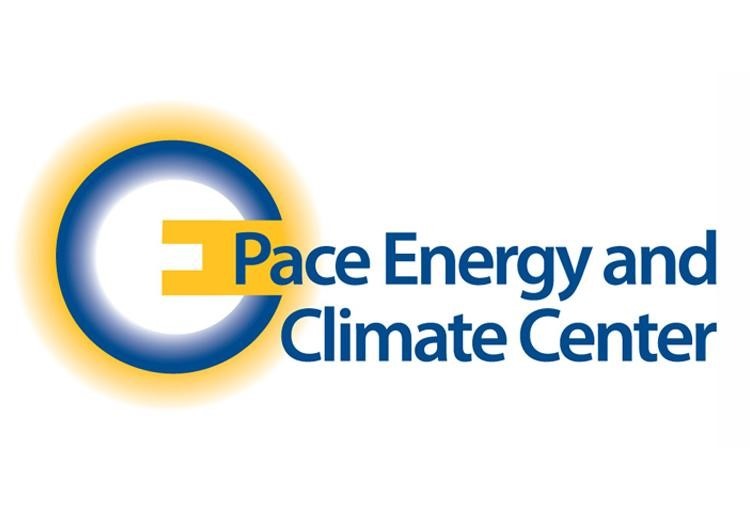2019-11-05
Search Results for: did-emissions-violations-just-kill-oems-north-american-dreams
DATAPOINT: North American Golf Cars 2021 Production: 56,200 Units
56,200 units is the estimate by Power Systems Research of the number of golf cars to be produced in North America during 2021. In this report, we consider North America to be the United States.
This information comes from industry interviews and from two proprietary databases maintained by Power Systems Research: EnginLink™ , which provides information on engines, and OE Link™, a database of equipment manufacturers.
Market Share: With 42% of total units produced, Yamaha Motor leads in production of gas-powered Golf Cars in the United States. In second position is Textron (EZGO) with 32%; third, is Club car with 26%.
Read More»
Power Systems Research Assists on Gen-Set Emissions Project

WHITE PLAINS, NY – The Pace Energy and Climate Center (Pace) has announced a new data analysis tool and research model in a report titled “Estimating the Air Emissions of Stationary Engine Generators under Two Megawatts,” both developed with support from Environmental Defense Fund.
The project drew upon data provided by Power Systems Research (PSR), a Minneapolis-based research firm, from its proprietary PartsLink database.
Read More»
Komatsu Targets CO2 Zero Emissions by 2050
Komatsu is aiming to reduce its CO2 emissions to virtually zero by 2050. The goal is to reduce CO2 emissions to zero not only from its own production of construction equipment, but also from the use of construction equipment by its customers. The company aims to achieve this goal by promoting the electrification of construction equipment, improving fuel efficiency, and encouraging customers to use their construction equipment more efficiently, etc.
The company will respond to the fact that ESG (Environmental, Social and Corporate Governance) investors are emphasizing the reduction of emissions, including those of customers.
Read More»
Market Intelligence: A Review of E-Motorcycle OEMs
NORTH AMERICAN REPORT

The global e-motorcycle market is changing almost daily as market share leaders develop new products and new companies continue to enter the market with competitive products. Here’s an update on several leading e-motorcycle OEMs.
Tork Motors has launched the Kratos electric motorcycle in the Indian market. The new Tork Kratos will be sold in two variants – Standard and R and will be available across India in a phased manner. In the first phase, this e-motorcycle will be available in Pune, Hyderabad, Bangalore, Chennai, Ahmedabad, and Delhi. The electric motor on the base model makes a peak power output of 7.5kW or 10.05bhp and a maximum torque of 28Nm. Tork has a manufacturing capacity to make about 500 units a month at its pilot plant and about 4,000 units a month at its new plant at Chakan near Pune.
Read More»
Miners Cut CO2 Emissions Using EVs for Extracting Minerals
A new contract to supply battery electric vehicles to the Jansen potash project (potentially the world’s largest potash mine) expects to cut carbon emissions in half compared to its peers. BHP’s Jansen potash project is expected to be the largest of its kind, with initial capacity forecasts of 4.3 to 4.5 Mtpa. Potash is the most commonly used potassium fertilizer, but over 70% is based on conventional underground mining that uses heavy-duty equipment to extract it. Although underground mining releases half the CO2 emissions of open-pit mining, the company is reducing emissions further by introducing several battery electric vehicles.
Source: Electrek: Read The Article
Read More»
VI B Emissions Seen Boosting China’s Auto Industry
CHINA REPORT

The new national standard for automotive emissions, scheduled to be implemented July 1, 2023, could boost China’s auto industry, say industry insiders.
The Ministry of Ecology and Environment, the Ministry of Industry and Information Technology, and other departments recently issued a joint notice proposing that the National VI Emission Standards for automobiles (National VI B) be implemented nationwide July 1, 2023.
Industry insiders believe that the implementation of the new regulations will drive car companies to accelerate technological upgrading, thereby achieving green and low-carbon development of the automotive industry.
Read More»
Japanese Auto OEMs Seek Battery Production in NA
FAR EAST: JAPAN REPORT

Major automobile manufacturers are actively investing in automotive lithium-ion batteries. Nissan is leading among the Japanese automakers, followed by Honda and Toyota. Along with the motor and inverter, the vehicle-mounted lithium-ion battery is considered one of the “Three Sacred Treasures” of EVs.
In particular, the on-board battery is the most important as it is the source of power. In many cases, EV production will not be possible without securing a large supply of batteries through partnerships with major battery manufacturers. However, the number of battery makers with which the major automotive companies have partnered is limited: CATL ranked first in the global automotive battery market in 2021, with 39% of the market. It was followed by LG Energy Solutions (18%) and Panasonic Holdings (12%), with the top three companies accounting for 70% of the market.
Read More»
Europe Stage V Emissions Standard Officially Delayed
Regulation (EU) 2020/1040 to amend Regulation (EU) 2016/1628 on Stage V emissions for non-road mobile machinery (NRMM) was published July 17 in the Official Journal of the European Union.

This final step of the legislative process confirms that the 12-month extension of certain transitional provisions is officially EU law and is applicable retroactively from July 1, 2020.
This amendment to the Stage V Regulation extends by 12 months the June 30, 2020, and December31, 2020, deadlines for the production and placing on the market of NRMM and tractors fitted with transition engines <56kW and ≥130kW.
Read More»
EV Gas Emissions Evaluated
Argonne National Laboratory’s cradle-to-grave analysis considers everything from raw material extraction to vehicle scrappage to provide a holistic view of the sustainability of different vehicle and fuel technologies.
The analysis showed that EVs (which have no tailpipe emissions) also have fewer greenhouse gas emissions than conventional gasoline or hybrid electric vehicles when the entire life cycle is considered.
Read More»

